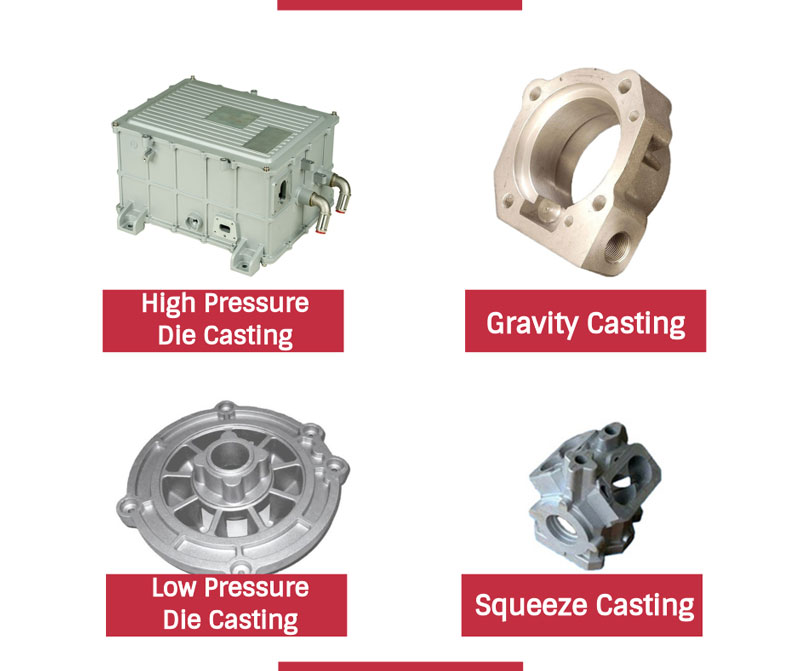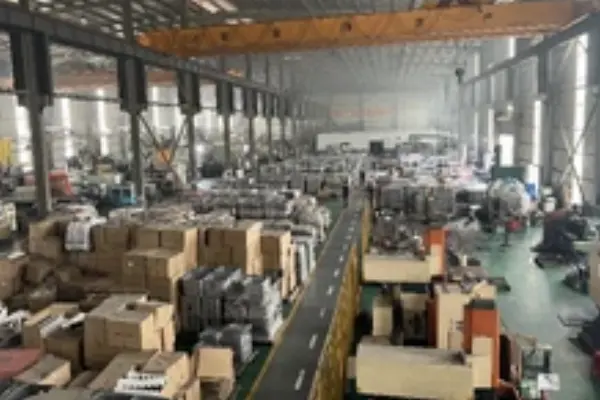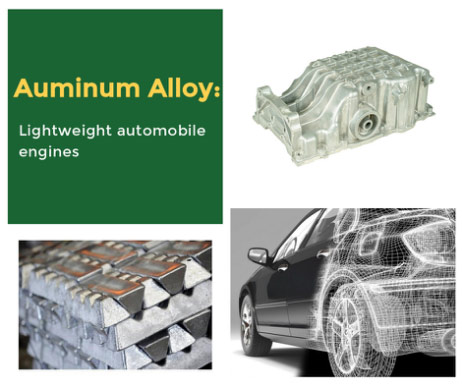

The surface treatment of aluminum die casting parts is divided into pre-treatment and post-treatment. The pre-treatment is to remove the surface oxide scale and oil stains, increase the post-treatment adhesion and improve the appearance effect. The most commonly used surface pre-treatment of aluminum die casting parts are shot blasting, sand blasting and phosphating. The following is a detailed introduction to the surface pre-treatment methods of aluminum dies casting parts.
Tools such as scrapers, wire brushes or grinding wheels are used. The rust and oxide scale on the surface of the workpiece can be removed by hand, but manual processing is labour-intensive, low in production efficiency, and poor in quality, and the workpiece cannot be completely cleaned.
It is mainly to use acid-base or alkaline solution to chemically react with oxides and oil stains on the surface of the workpiece, so that rust, oxide scale and oil stains on the surface of the workpiece can be dissolved in an acid or alkaline solution and thus removed. Use nylon brush roller or 304# stainless steel wire to clean and then achieve the purpose. Chemical treatment is suitable for cleaning thin plate parts, but the disadvantage is: if the time is not properly controlled, even if the corrosion inhibitor is added, the aluminum die casting parts can be over-corroded. For more complex structural parts and parts with holes, after pickling with an acid solution, the residual acid immersed in the crevices or holes is difficult to be completely removed. If it is not handled properly, it will become a hidden danger of corrosion of the workpiece in the future, and the chemicals are volatile, the cost is high, and the chemical discharge after treatment is difficult, which will cause serious pollution to the environment. With the improvement of people's awareness of environmental protection, this kind of treatment method is being replaced by the mechanical treatment method.
It mainly includes wire brush roller drawing method, mechanical polishing process, shot peening method.
a. The wire brush roller polishing process is that the brush roller is driven by the motor, and the brush roller rotates at a high speed on the upper and lower surfaces of the sheet strip in the opposite direction to the movement of the rolling piece to remove the oxide scale. The brushed oxide scale is washed away by the closed circulating cooling water flushing system.
b. The mechanical polishing process is a polishing method in which a smooth surface is obtained by cutting and plastic deformation of the surface of the material to remove the polished convex parts. Generally, whetstone strips, wool wheels, sandpaper, etc. are used with mainly manual operations, and special parts such as the surface of rotary bodies, auxiliary tools such as a turntable can be used, and ultra-fine grinding and polishing methods can be used for workpiece with high surface quality requirements. Ultra-precision grinding and polishing are to use a special abrasive tool, which is pressed on the surface of the workpiece to be machined in grinding and polishing liquid containing abrasive and rotates at a high speed. Using this technology, the surface roughness of Ra0.008μm can be achieved.
c. Shot peening is divided into shot blasting and sandblasting:
Shot blasting aluminium castings are surface treated with steel shot or sand, which has a large impact force and obvious cleaning effect.
However, the treatment of thin-plate workpieces by shot blasting is easy to deform the workpiece, and the steel shot hits the surface of the workpiece (whether shot blasting or shot peening) and will deform the metal substrate. Therefore, for workpieces with oil stains, shot blasting and sandblasting cannot thoroughly remove oil stains.
Among the existing workpiece surface treatment methods, the best cleaning effect is sandblasting. Sandblasting is suitable for cleaning the workpiece with high surface quality requirements. A large amount of silica dust generated during sandblasting cannot be removed, which seriously affects the health of operators and pollutes the environment.


